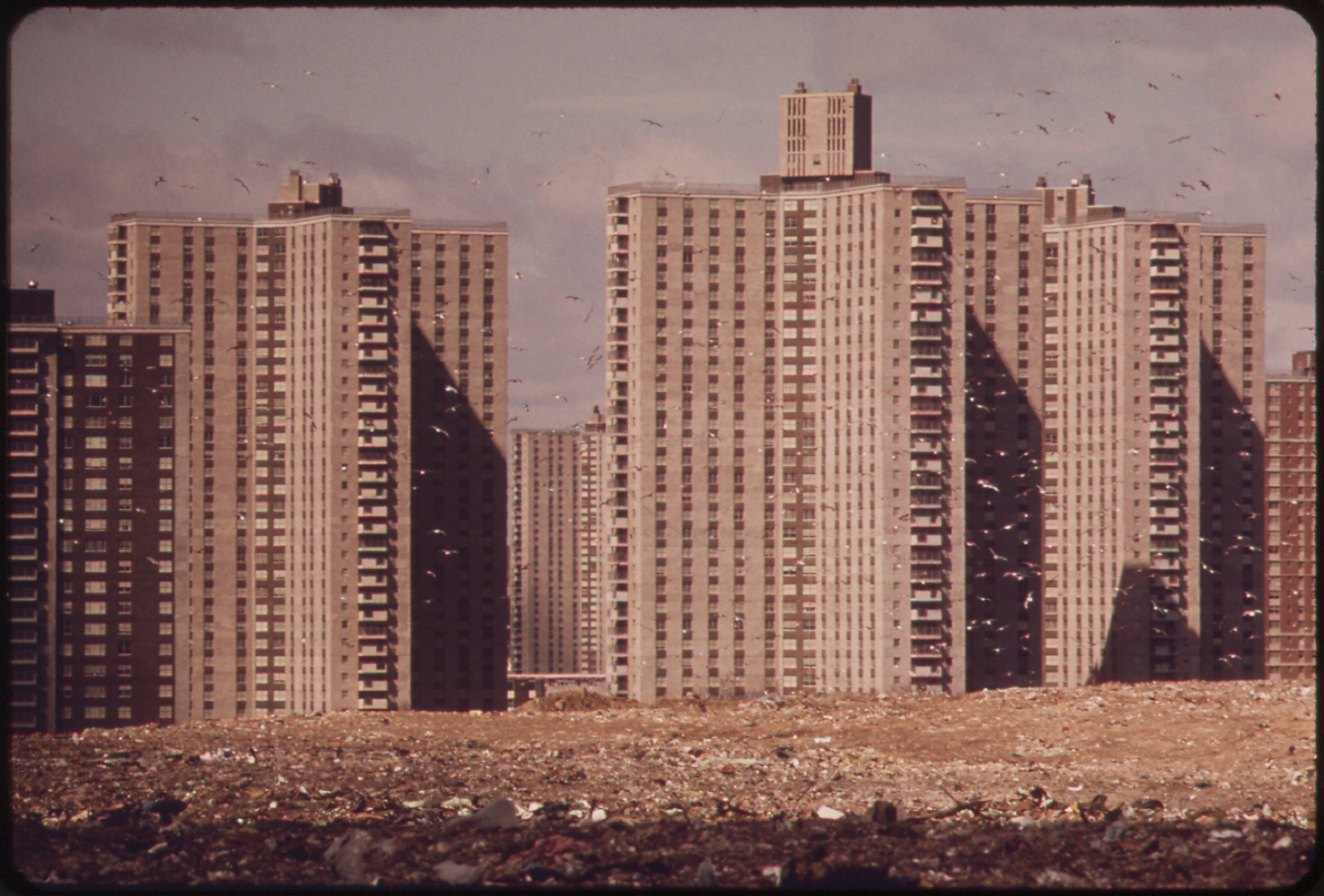Cody coos, all wiggles and squirms, as his mother puts the finishing touches on another diaper change in his crib in a half-finished room of a basement apartment in Castleton, N.Y.
“He’s like my second skin,” said Helen Bridenbeck. “He has just been the joy of my life.”
It was only a year ago that Bridenbeck wasn’t sure how her baby would even be born—let alone be the lively little fellow he is today.
At the time she became pregnant, her baby’s father was out of work. A sheetrocker by trade, he’d been laid low by New York’s sputtering construction business and was collecting unemployment checks and picking up odd jobs where he could. Helen was taking home about $220 a week from her job as a private duty nurse, barely enough to cover the bills. The couple had no health insurance.
 They went to the local obstetrician to see about prenatal care, but “he wanted too much money, money we didn’t have,” Bridenbeck said in a recent interview. About that time, she heard about New York’s Prenatal Care Assistance Program, which provides free or low-cost medical care for women would otherwise be unable to afford it.
They went to the local obstetrician to see about prenatal care, but “he wanted too much money, money we didn’t have,” Bridenbeck said in a recent interview. About that time, she heard about New York’s Prenatal Care Assistance Program, which provides free or low-cost medical care for women would otherwise be unable to afford it.
Created by state legislators in 1989 to counter the state’s high rate of infant deaths and underweight births, the prenatal program was expanded in 1990. Today, it extends Medicaid benefits to women whose earnings pull them above the poverty line but who still can’t make ends meet.
Last year, Bridenbeck was one of 75,000 such women cared for under the program, according to the state’s Commissioner of Social Services.
The program is administered by local hospitals and clinics. Bridenbeck hooked up with St. Peter’s Family Health Center in Albany, There, she was cared for by a team of nurses, doctors and caseworkers who gave her regular check-ups, and taught her to eat right and how to take care of herself.
Their efforts bore fruit on January 28, when Cody was born. Work remains spotty for Cody’s dad as the economy has yet to come back around. But under the program, Cody will be eligible for low or no-cost check-ups until his first birthday.
“It’s really tough out there,” she said. “But we do okay on what I make. It’s hard, but Cody’s healthy and as long as his medical visits are taken care of, that helps a great deal. That was my biggest concern.”
Low Birth-Weights and The Future
While worries may have diminished for Cody and Bridenbeck, thousands of expectant mothers benefitting from the prenatal care program are caught in the crossfire of the state’s increasingly divisive war over abortion.
The New York State Catholic Conference, representing the state’s bishops, has been in court for the past year, defending the program against a variety of groups who claim it is unconstitutional because it doesn’t pay for abortions. A decision in that case is expected any day now.
No matter what the court rules, the economic pressures on pregnant women are bound to continue.
One in three pregnant women never sees a doctor in her first three months of pregnancy. Authorities believe that’s because these women feel they can’t afford prenatal care. And that seemingly simple statistic, health officials say, can mean the difference between a life and death for thousands of infants across the state.
“Early entry into prenatal care—within the first 13 weeks of the pregnancy—is absolutely associated with lower infant mortality and morbidity,” said Deborah Hirt, who coordinates the prenatal program at St. Peter’s Family Health Center.
According to “Kids Count,” a recent study by the Washington-based Center for the Study of Social Policy, New York still has one of the worst records in the country for infant health.
Eleven of every 1,000 children born in the state will die before their first birthday and close to eight percent of New York’s babies don’t weigh enough when they’re born. Low infant birth weight—five pounds or less—is the single biggest determining factor in a baby’s survival and health. Birth weights, in turn, are closely connected to the health of the mother and the quality of prenatal care she receives.
New York’s prenatal care program is structured so that maternity benefits are given to women who make almost two times the federal poverty limit. There is no limit on the family size for women to be eligible for the program.
If the program seems generous on the part of the state, Hirt said that, in cold financial terms, it costs the state and private businesses far more to have babies born underweight. Poor prenatal care can cause learning disabilities and chronic poor health, which the state will eventually pay for in a variety of ways.
When it comes to spending on prenatal care, she said, an ounce of prevention is worth a pound of cure. She estimates that every $1 spent on prenatal care will save more than $3 that might have to be spent on specialized care for an unhealthy baby.
As the economic climate in New York has worsened, more and more middle-income people are joining the ranks of those seeking Medicaid assistance for their pregnancies.
“We’re seeing a lot more working people now” said Judy Stiles, a case worker at St. Peter’s.
She said the hospital has helped deliver 320 babies—many to families who didn’t have insurance provided by their employers and who couldn’t afford private insurance.
Among the women in the St. Peter’s program now is Lisa Sherwin-Fields, a graphic artist in Columbia County. She, along with her husband, Adam, moved there from Cape Cod on the promise of a job. But the job fell through and health insurance benefits provided by her husband’s employer don’t cover maternity care. With no family in the area and no other visible means of support, the couple was looking to take out a loan to pay for their pregnancy when they learned of the prenatal care program.
Sherwin-Fields insists that she and husband don’t fit what she described as negative public stereotypes about welfare families. For them and others they know who are struggling to make ends meet, Medicaid assistance is the only way they’ll be able to start a family, she said.
“It’s very important for me to explain that I’m not on welfare; I don’t have food stamps; I’m not shuffling around in Good Will clothes,” she said. “I do what I can with what I’ve got. But it’s getting harder and harder for people our age to afford to have children and raise a family.”
Originally published in The Evangelist (May 14, 1992)
© David Scott, 2010. All rights reserved.


